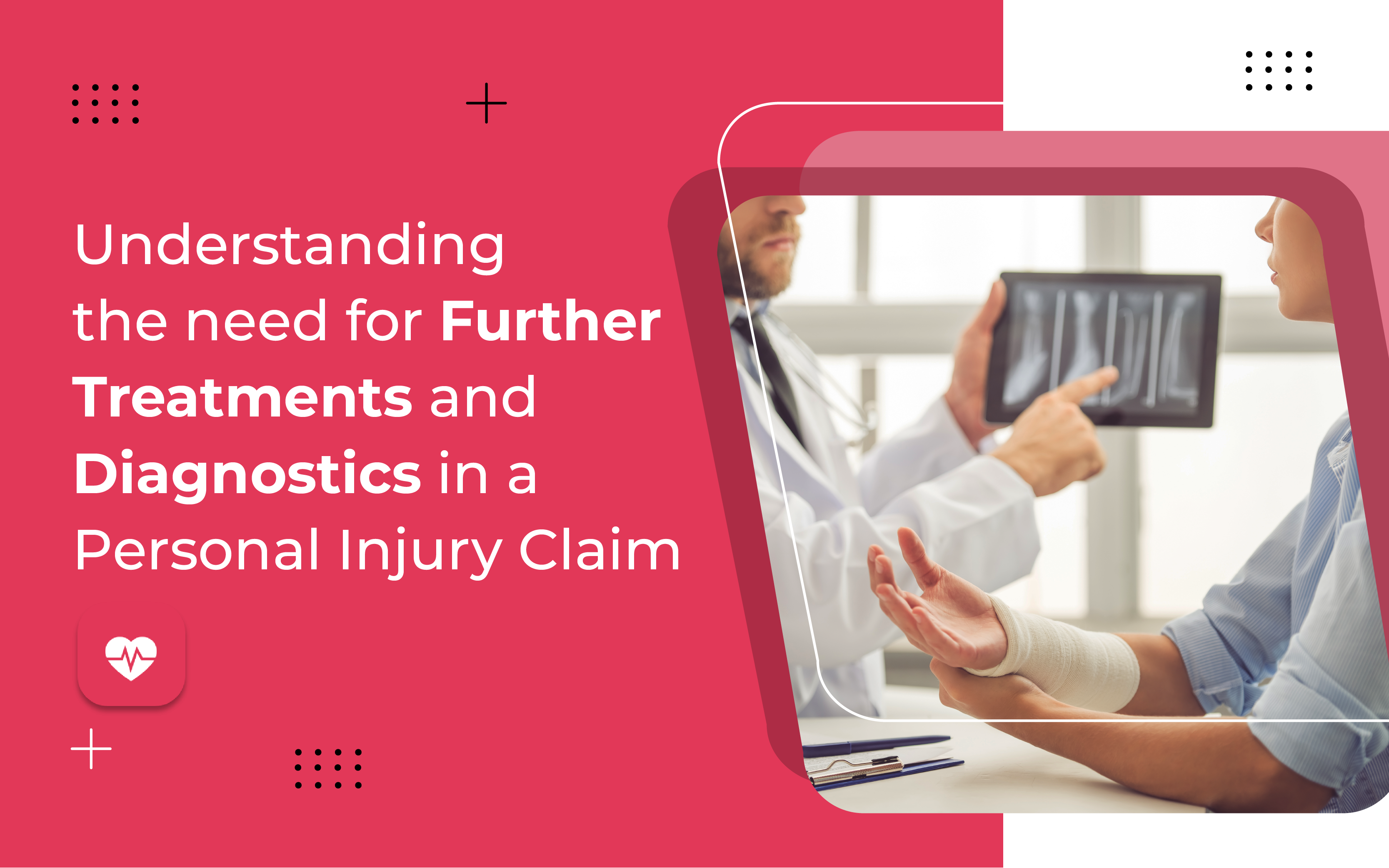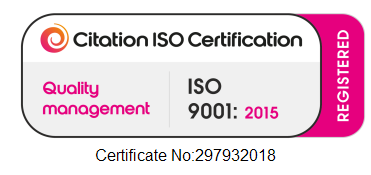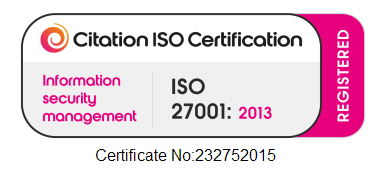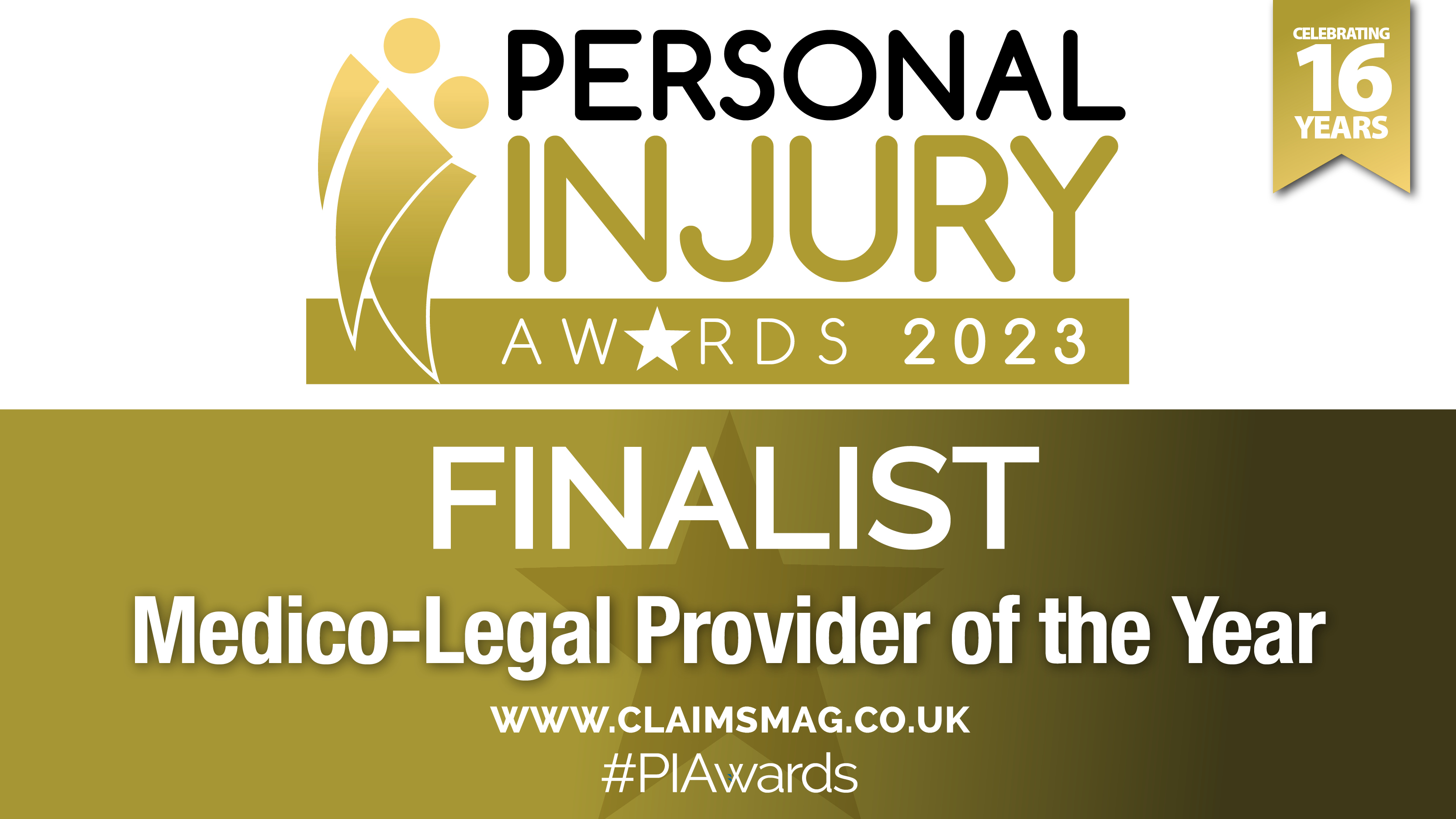
14 Feb 2024
Understanding the need for Further Treatments and Diagnostics in a Personal Injury Claim
If someone is involved in an accident or sustains an injury that wasn't their fault, they may decide to seek compensation.
This compensation aims to support their recovery, offset loss of earnings, cover upfront expenses related to the injury, and compensate for any pain, suffering, or detrimental effects on their quality of life.
However, in instances where understanding the root cause of an injury is not always obvious, further treatments and diagnostic investigations may be required to better understand exactly what is going on, and what is preventing recovery.
When might a client need further treatments and diagnostics?
When someone makes a personal injury claim following an accident at work, road traffic accident, medical negligence or an accident in public, they need evidence to support their compensation claim. This evidence is then used to support a personal injury claim as it helps prove within that claim that the injury was due to another person or organisation, whether it be accidental or simply by them acting negligently.
As with any legal case, the more evidence a client can gather, the better chance they have of a successful personal injury compensation claim. However, the evidence needed will depend on the nature of the claim, and there are many different types of evidence needed, such as:
- Details of all involved in the accident or injury
- Details of any witnesses
- Witness statements
- Where the accident occurred
- When the accident happened, including the time
- What type of accident happened
- Details of the injuries suffered
- Details of medical staff who helped
- Any independent medical expert report
- Details of all medical visits to follow up after injury
- Photos of the injury
- Photos of where the injury occurred
- Any diagrams to explain the accident that happened
- Any emergency services reports
- Any diary entries kept which describe the injury and its affects
- Receipts and details of expenses paid due to the injury
- Records of financial losses as a result of the accident
- Any official record of the accident such as in an accident at work report book
However, where as much evidence has been provided as possible by the client, and yet there are still questions as to the extent of the injury, further treatments and diagnostics can be requested by liaising with specialised medical professionals and hospitals.
What are further treatments and diagnostics?
These often include:
- MRI scans: which use a powerful magnetic field and radio waves to produce detailed images of soft tissues, organs, and bones. It is particularly effective in examining the brain, spinal cord, joints, and muscles. MRI is valuable in diagnosing conditions such as tumours, neurological disorders, joint injuries, and abnormalities in the cardiovascular system.
- X-Rays: which use ionizing radiation to produce images of bones, tissues, and organs. They commonly detect fractures, tumours, infections, and certain lung conditions. X-rays are quick, non-invasive, and relatively inexpensive compared to other imaging modalities.
- Ultrasounds: where imaging involves using high-frequency sound waves to create images of organs, blood vessels, and soft tissues. Its typical use is in obstetrics for monitoring foetal development and detecting abnormalities. Ultrasound is also necessary to evaluate the abdomen, heart, blood vessels, and musculoskeletal system.
- CT scans: which combine X-ray technology with computer processing to generate cross-sectional images of the body. CT scans provide more detailed information than traditional X-rays and help detect and evaluate various conditions, including injuries, tumours, vascular diseases, and internal bleeding.
- PET scans: where a small amount of radioactive material is injected into the body. The radioactive tracer accumulates in targeted tissues, and a scanner detects the emitted positrons to create functional images. PET scans help assess metabolic activity, identify cancerous cells, and see conditions like Alzheimer's and heart disease.
- And SPECT scans: which are similar to PET scans but use a different type of radioactive tracer. SPECT provides 3D images of the distribution of the tracer in various organs and tissues. It is commonly used to assess brain function, diagnose cardiovascular conditions, and evaluate bone disorders.
How do further treatments and diagnostics help in a personal injury case?
Personal injury cases often rely on objective medical evidence to establish the extent of injuries, determine liability, and calculate appropriate compensation for the client. Diagnostic imaging plays a crucial role in the success of these case outcomes, as its primary function is to provide detailed visual information about internal injuries, identify and evaluate conditions, and document the clients’ injuries.
This is because diagnostic imaging techniques provide objective and visual evidence of injuries, revealing internal trauma that may not be visible on the surface. Imaging helps lawyers, medical professionals, and insurance companies understand the extent and severity of injuries sustained by the client.
What’s more, these diagnostics also provide completely objective evidence that can strengthen a personal injury claim, unlike otherwise subjective symptoms such as pain or discomfort, and allows medical professionals to differentiate between pre-existing conditions and new injuries by examining the timeline and characteristics of the injuries. This information can then be used to support the clients’ claim by proving that the accident exacerbated or worsened any pre-existing conditions.
And finally, as having an accurate assessment of damages is crucial when determining the appropriate compensation in a personal injury case, further treatment and diagnostics can be a significant help when quantifying the extent of injuries, potential long-term effects, and any associated medical costs.
This evidence is vital in calculating economic damages, such as medical expenses, lost wages, and future rehabilitation or treatment expenses, making the data invaluable to supporting a personal injury claim.
How Speed Medical can help with further treatments and diagnostics
At Speed Medical, we understand that organising diagnostic investigations and surgical procedures can often be a protracted and complicated process, so that’s exactly why we’ve built longstanding relationships with over 2,000 tried and trusted experts and leading hospitals, clinics, and diagnostic venues affording you access to quick and efficient investigations.
With this offering, we work to remove all administrative requirements by managing each stage of the journey, from booking the initial investigation through to organising surgical procedures and post operative consultations.
Our experienced team are here to help, and we can arrange any treatment or surgical procedure recommendations and where required, as well as provide a full breakdown of costs. In fact, our commercial model is extremely transparent, and we provide a number of services on a fixed fee basis including MRI scans, ultrasounds, CT scans, nerve conduction studies and EMG scans.
If you’d like to talk to us about any of our services, please get in touch with our experienced team who will be happy to talk to you.
You can email us at info@speedmedical.com or call us on 0330 094 8749.






